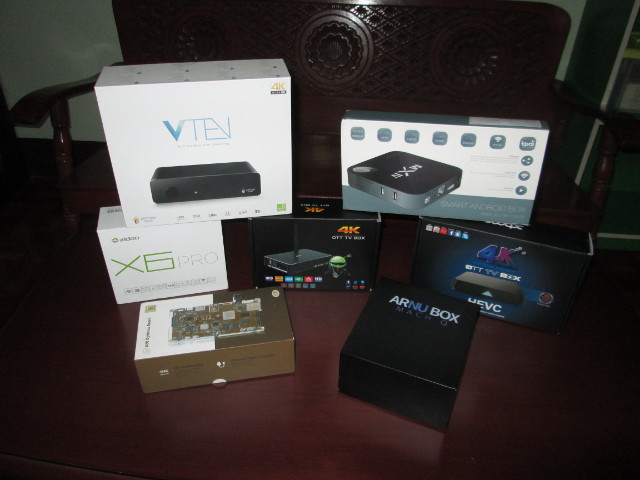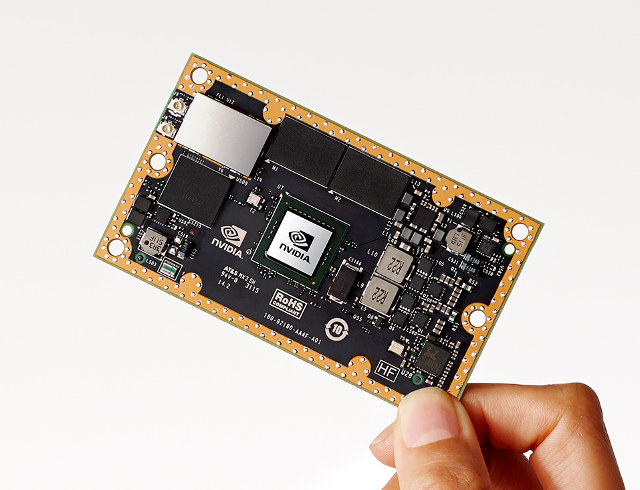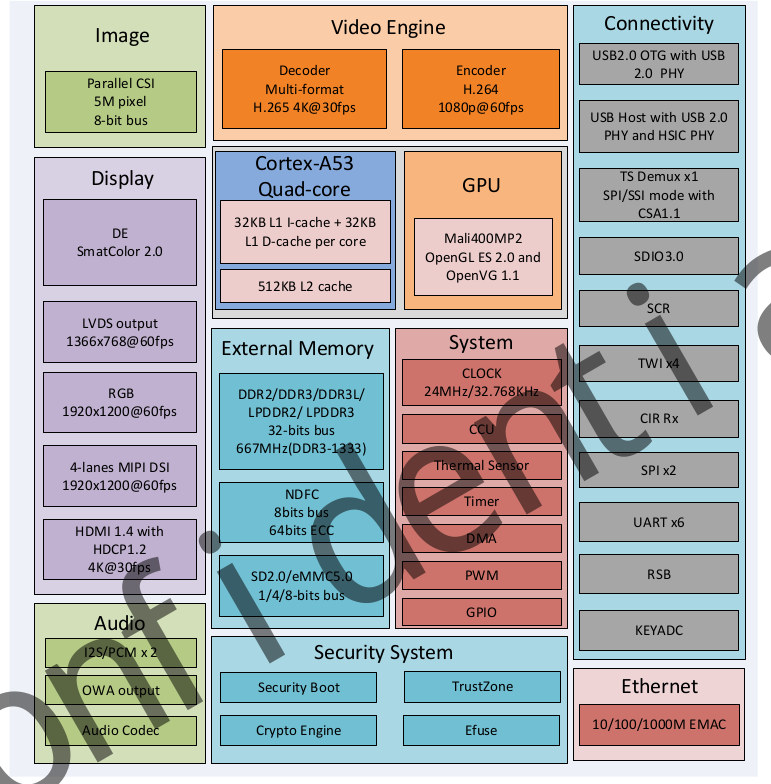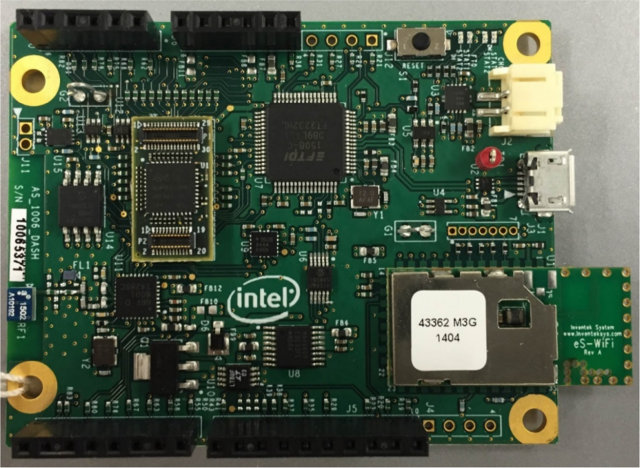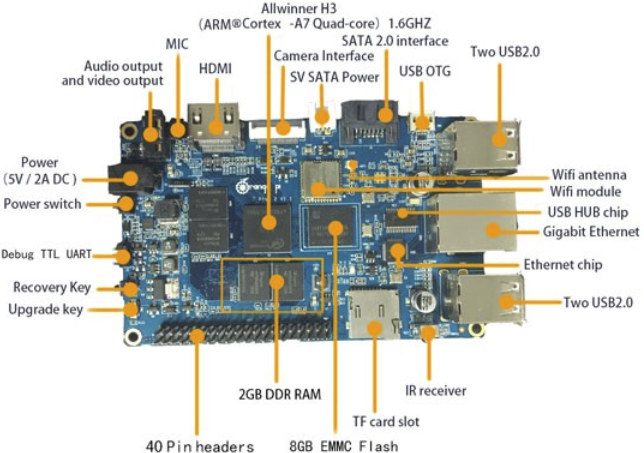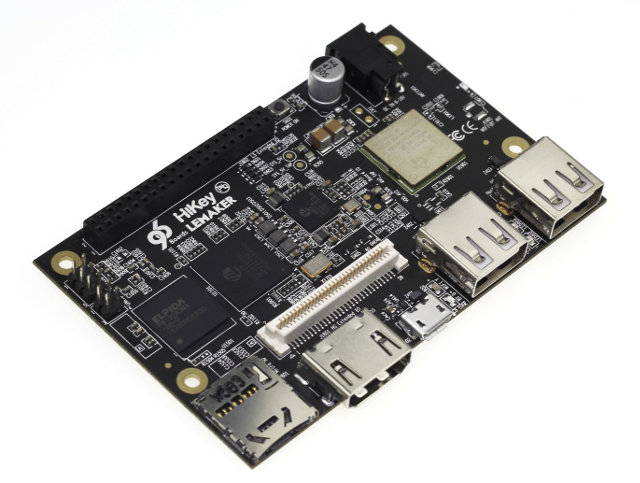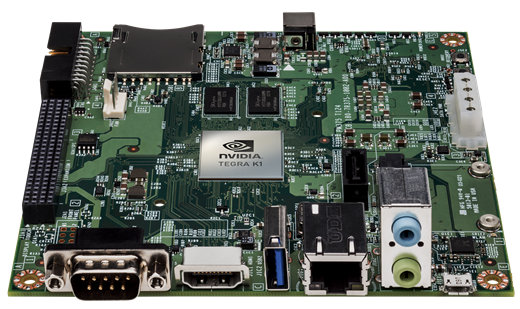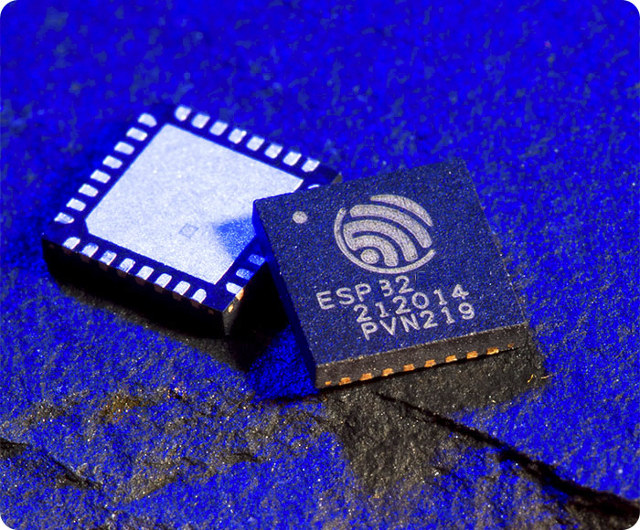The third giveaway week, and the second in 2015, on CNX Software is now complete. I’ve just sent the packages this morning, including 4 Android TV boxes, 2 Linux media players, and a development board to the winners from Europe, North America, and for the first time, Oceania. The winners were selected randomly from the list of people who comments, and without any further due, here are the results: let’s go through the winners and their country of residence, with links to the original individual winner announcements: Zidoo X6 Pro – Marko, Slovenia ARNU Box Mach Q Pure Linux – Xavier, Belgium M-195 TV box – Fran, Spain A80 OptimusBoard development board – Gil, Portugal M8S TV box – Roel, Belgium Tronfy Telos MXIV – Treb “winners are grinners”, Australia Popcorn Hour VTEN – ax, USA While last time, people living in Canadians were the luckiest, this giveaway was kind to people […]
Nvidia Tegra X1 Development Board is Finally Available… for $599
When Nvidia introduced Nvidia Tegra X1 octa processor with a 256-core Maxwell GPU at the very beginning of the year, I was expecting Jetson TX1 is follow suit in the next few months, but instead the company launched Nvidia Shield Android TV box based on the processor. The company has now launched Jetson TX1 module and development board. Let’s check the module first and its main specifications and features: SoC – Nvidia Tegra X1 octa core processor with 4x ARM Cortex A57 cores, 4x ARM Cortex A53 cores, and a 256-core Maxwell GPU System Memory – 4GB LPDDR4 (25.6 gigabits/second) Storage – 16GB eMMC Connectivity – 802.11ac 2×2 Bluetooth ready, Gigabit Ethernet Video – 4K video encode and decode Camera – Support for 1400 megapixels/second Dimensions – 50mm x 87mm The module support Linux4Tegra operating system based on Ubuntu. Libraries and drivers to leverage the Maxwell GPU include cuDNN CUDA-accelerated […]
Allwinner A64 Datasheet and User Manual Released
Allwinner has two 64-bit ARM processors in the works: Allwinner H64 and Allwinner A64. Both are quad core Cortex A53 processors with a Mali-400MP2 GPU, H.265 4K video playback with basically the same interfaces and peripherals, but H64 also supports H.264 at 4K resolutions, while A64 is limited to H.264 @ 1080p, and H64 adds a TS interface. The first good news is that two boards are in development: Orange Pi Plus 3 with Allwinner H64 Olimex A64-OLinuXino update with Allwinner A64 Engineering samples have already been produced for the first board, but that’s about all the information we have now, as Shenzhen Xunlong has not built its reputation by releasing documentation early. One the other hand, A64-OLinuXino schematics have nearly been completed, but we already know more details, as not only Olimex boards are open source hardware, but the company defies conventional wisdom by involving the community in the […]
Intel Quark D1000 Customer Reference Board and Intel System Studio for Microcontrollers
Intel unveiled Intel Quark D1000, D2000 and SE micro-controllers last week, with Intel Quark D1000 available now for $2.5 to $4 depending in quantities, and to my knowledge the first Intel MCU that can be considered ultra low power. I could not see a development board at the time, but Intel does have an Intel Quark D1000 Customer Reference Board with a familiar Arduino form factor. Intel Quark D1000 board specifications: MCU – Intel Quark D1000 32-bit CISC micro-controller @ 32 MHz Storage – 4MB SPI flash (Microchip ) Connectivity – Bluetooth LE radio, Wi-Fi (Inventek Systems Serial to Wifi module) Sensor – 3-axis accelerometer Expansion – Arduino compatible headers with GPIOs, I2C, SPI, UART, analog inputs, and 5V, 3.3V and GND. Debugging – mini USB port for programming and debugging; JTAG pins Power – 5V via mini USB port, or LiPo / Li-ion battery Dimensions – N/A Information about […]
Orange Pi Plus 2 Allwinner H3 Board Includes 2GB Memory
Shenzhen Xunlong has made yet another Allwinner H3 board. It’s called Orange Pi Plus 2 with basically the same specifications as Orange Pi Plus, but the layout has been modified with a slightly wider board, and the RAM upgraded from 1GB to 2GB. Orange Pi Plus 2 specifications: SoC – Allwinner H3 quad core Cortex A7 @ 1.2 GHz with ARM Mali-400MP2 GPU up to 600 MHz System Memory – 2GB DDR3 Storage – 8GB eMMC, micro SD card slot, SATA interface (via a USB to SATA chip), Video Output – HDMI, AV port Audio I/O – HDMI, AV port, on-board microphone Connectivity – 10/100/1000M Ethernet, 802.11 b/g/n Wi-Fi (Realtek RTL8189ETV) USB – 4x USB 2.0 host ports, 1x micro USB OTG port Camera – CSI Interface Expansions – 40-pin Raspberry Pi Model A+/B+ (mostly) compatible header Debugging – 3-pin UART header for serial console Misc – IR receiver; Power, […]
Linaro Releases the First (Alpha) Version of the 96Boards Reference Software Platform
Linaro’s 96Boards initiative was launched at the beginning of the year with Hikey board, and beside the hardware specifications, 96Boards also has some software requirements that include support for “bootloader (open source), accelerated graphics support (binary or open source), a Linux kernel buildable from source code based from mainline, or the latest Google-supported Android kernel version, or the last two LTS kernels, and one of more of the following operating systems: Android, Debian/Ubuntu, Fedora/Red Hat, or an OpenEmbedded/Yocto build of a Linux distribution”. In order to achieve this goal, Linaro introduced the Reference Software Platform for 96Boards, and they’ve now pushed the first Alpha release for Hikey and DragonBoard 410c boards. The release includes a bootloader, the Linux kernel, Debian and AOSP with firmware, source code, and documentation. Some highlights of the Reference Software Platform 15.10 Alpha release include: CE Debian RPB (Reference Platform Build) Debian 8.2 “Jessie” Linux 4.3 […]
Nvidia Jetson TK1 Development Board is Now Selling for $99 (Promo)
Sorry that I don’t have an Nvidia Jetson TK1 board to give away…, but if you were interesting in getting one the best ARM Linux boards available today, and found the $192 price tag a little too high, Make announced a ~50% discount offer to get the board for $99 on Nvidia store using MAKEJTK1 coupon. Here’s a reminder of the board’s specifications: SoC – Nvidia Tegra K1 SoC with 4-Plus-1 quad-core ARM Cortex A15 CPU, and Kepler GPU with 192 CUDA cores (Model T124) System Memory – 2 GB x16 memory with 64 bit width Storage – 16 GB 4.51 eMMC memory, SATA data + power ports, full size SD/MMC slot, and 4MB SPI boot flash. Video Output – HDMI port Audio – ALC5639 Realtek Audio codec with Mic in and Line out Connectivity – RTL8111GS Realtek GigE LAN USB – 1x USB 2.0 OTG port, micro AB, 1x […]
Espressif ESP32 Dual Core SoC Features Faster WiFi, Bluetooth 4.0 LE, and More Peripherals
Espressif teased us about a successor to ESP8266 a few months ago that would support both WiFi and Bluetooth Low Energy, and John Lee, working for Espressif Systems, has now sent a letter to ESP8266 developers announcing the new wireless SoC with two Tensilica L108 cores and called ESP32. Espressif ESP32 key improvements over ESP8266: Faster WiFi – Wifi has been upgraded to support HT40 speed (144.4 Mbps) and has a new RF architecture to simplify the application schematics Bluetooth Low Energy and Classic Dual core processor – 2x Tensilica L108 processors clocked at up to 160 MHz Low Power Mode Improvements – ADC conversions, level thresholds, etc.. can now be performed in deep sleep Peripherals – Capacitive touch, ADCs, DACs, I2C. UART, SPI, SDIO, I2S, RMII, PMW, etc… but no USB. More RAM – ~400 KB on-chip RAM Security – Hardware accelerated AES and SSL, and more undisclosed improvements. […]


